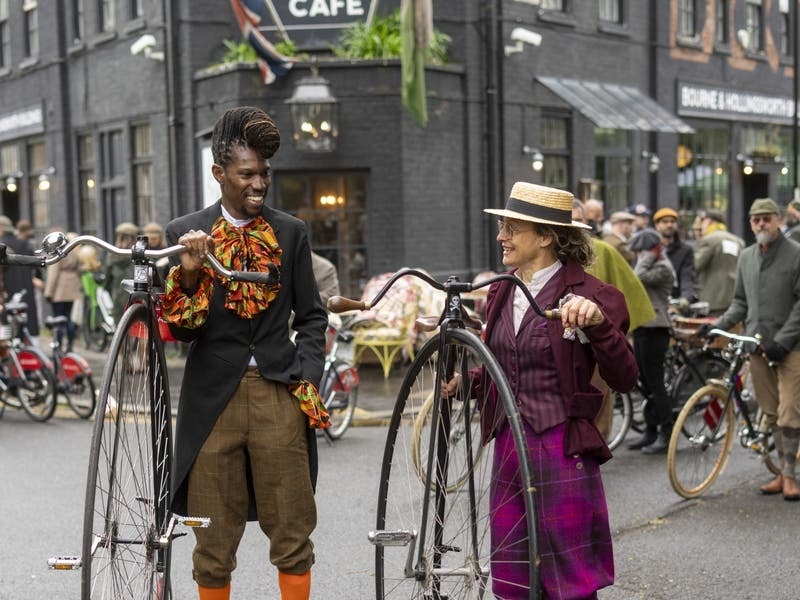THE Société Jersiaise’s field archaeologist will begin to hunt for a Jersey farm next summer.
That might not sound so difficult given the number that exist across the Island, but the one Dr Hervé Duval-Gatignol is looking for dates from more than two thousand years ago and, just to complicate things, he is not absolutely sure if it even exists.
Dr Duval-Gatignol is embarking upon the third year of a research programme with colleagues from Guernsey and Normandy into the sites and remains of the Second Iron Age, a period spanning from the fifth to the first centuries BCE, ending with the arrival of the Romans.
Forming a trio with French archaeologist Anthony Lefort and Philip de Jersey in Guernsey, the three have published a first report – Les relations entre la Normandie occidentale et les îles Anglo-Normandes au second âge du Fer – setting out their project.
“The report is a general gazetteer of all the sites, and we have read all the papers and articles published so far about the Channel Islands and La Manche to highlight these sites of interest and the similarities that exist between the Channel Islands and Normandy in this period,” he said.
Dr Duval-Gatignol explained that recent archaeological research in Normandy revealed the existence of characteristic farms which give an insight into life in the Celtic world.
“He strongly suspects that this pattern was repeated in Jersey but to confirm it he is hoping to excavate fields in the Island to discover the tell-tale signs of such settlements – the remains of dwellings, workshops and such domestic waste as may have survived in the acidic soil conditions produced by the predominance of granite in our geology. Ceramics can be particularly revealing, Dr Duval-Gatignol noted.
“We don’t know much about these farms in the Channel Islands, so the question is are they something that exists, or do we have a completely different system? Preliminary results and the new research that I have started this year suggest that we probably have quite a number of these farms – almost certainly some of them – and we might expect to have a hinterland heavily used in the period but we need to excavate to confirm this,” he said.
Until he has secured the necessary permissions, Dr Duval-Gatignol does not want to be specific about which sites his geophysical research have pinpointed but he is hopeful that it will be possible to raise funding, which would allow students – both from within the Island and from abroad – to take part in work next summer.
“Of course, bringing students from abroad and involving a digger on site has a cost, so I will probably be looking either for benefactors or funding help in the organisation of the excavation. If it is positive, if people are interested and if the field owner agrees, maybe we could extend this excavation, or perhaps switch to another site,” he said.
Simultaneously, his academic colleagues are working to help understand the similarities and differences between patterns of life here, in the Bailiwick of Guernsey and in La Manche. Some of the evidence is already well-known – the imbalance in coin finds between Jersey and Guernsey, and the absence of warrior burials here which have been found in Guernsey, for instance – but understanding them requires the interpretation of evidence of settlement and of the movement of goods between the areas.
“The goal is to learn more about the past and how the landscape has been used in the Iron Age and to see if what we see in Jersey corresponds with what we know in France, or the south of the UK. We have such an interesting location that we might expect to find goods and artefacts that came from Brittany, Normandy and the south of the UK,” he said.






